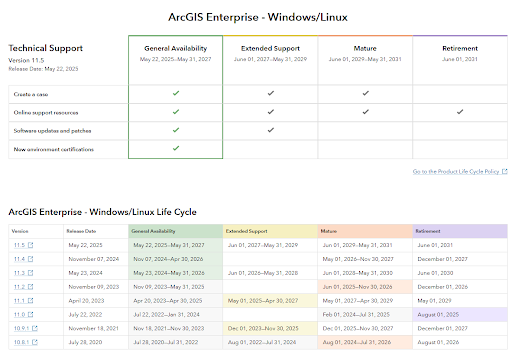Detecting Sidewalk Slope and Retaining Walls with Aerial Lidar
- Jun 16, 2021
- 1 min read
With the American Disabilities Act, local governments are required to provide accessible sidewalks for persons with disabilities. As many of you know, this can be a heavy lift to upkeep and maintain your systems to meet these requirements.
One of the most valuable tools for local agencies and municipalities to evaluate their systems is aerial LiDAR data. Most states now have some type of aerial LiDAR coverage, especially for their urban areas. When combined with the power of GIS, this data can prove itself to be incredibly valuable as an assessment tool for public works officials to easily identify hazard areas of severe slope or vertical displacement.
The screenshots below provide some guidance on how this information is derived and evaluated:






In this article we have pointed out several key factors when municipalities are considering ways to use their GIS and LiDAR data to run spatial analysis that are useful in aiding decision making:
If LiDAR data is available, this is a very low-cost method for evaluating potential dangerous and hazardous pedestrian areas.
Parameters can easily be adjusted within the spatial analysis settings based upon the agencies policies or specified tolerances.
Designated areas can be exported as a whole and provided to agency personnel through mobile GIS tools for investigation and reporting.
Areas that are identified as problems can be delivered as GIS layers and prioritized for replacement through the agency’s capital improvement plans.
For more information about how your agency can use GIS or LiDAR data to identify ADA improvement opportunities and take control of your sidewalk inventory, contact our team at 877.377.8124 or contact us here.


